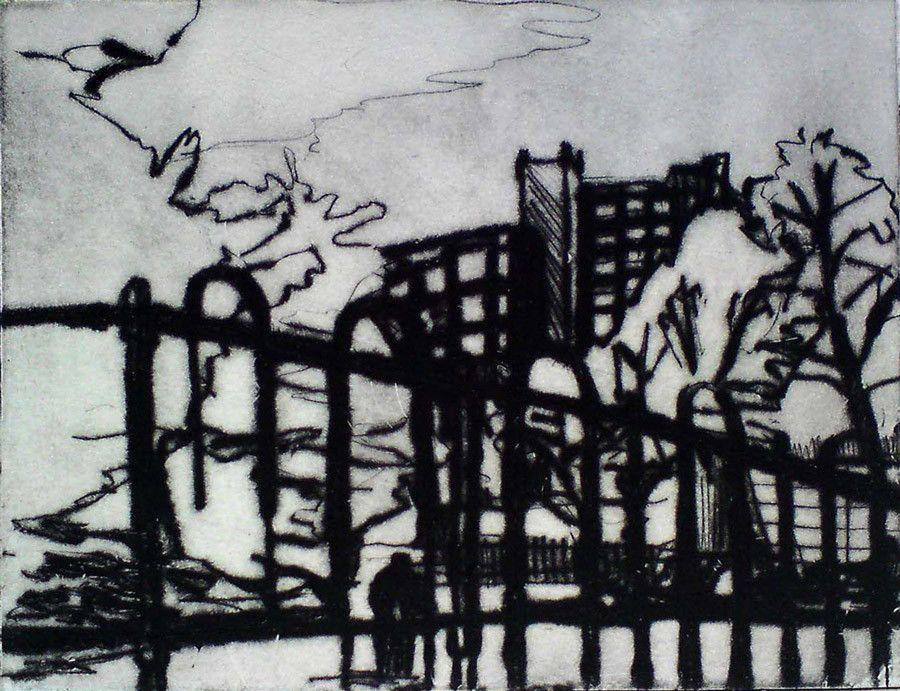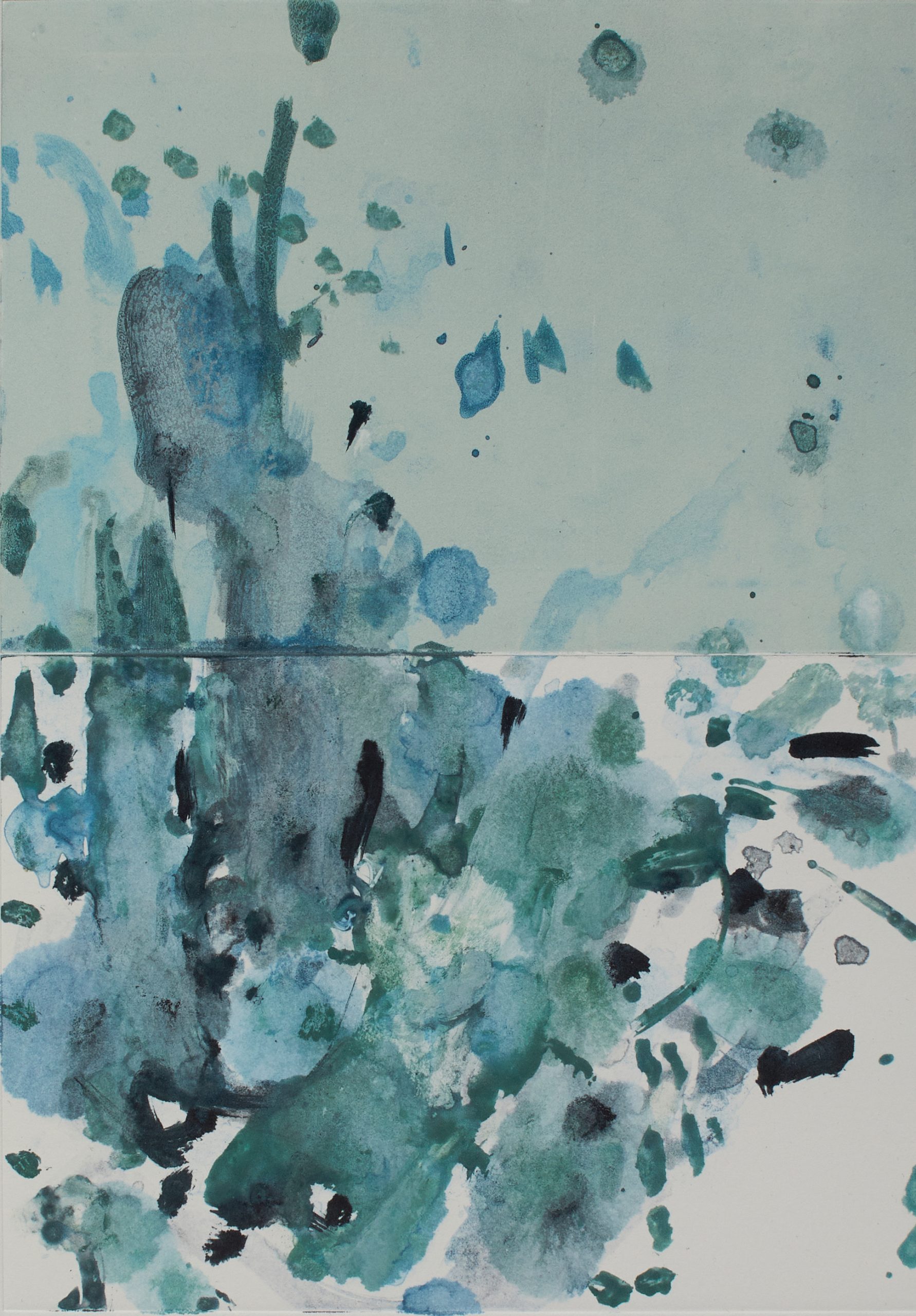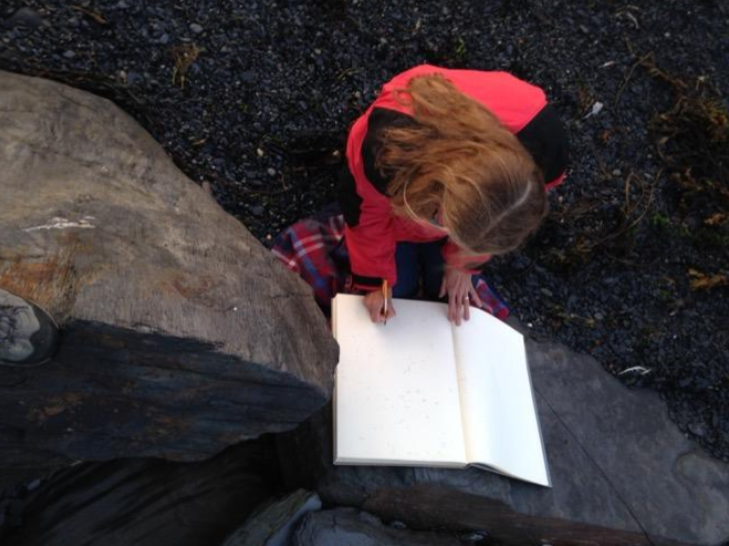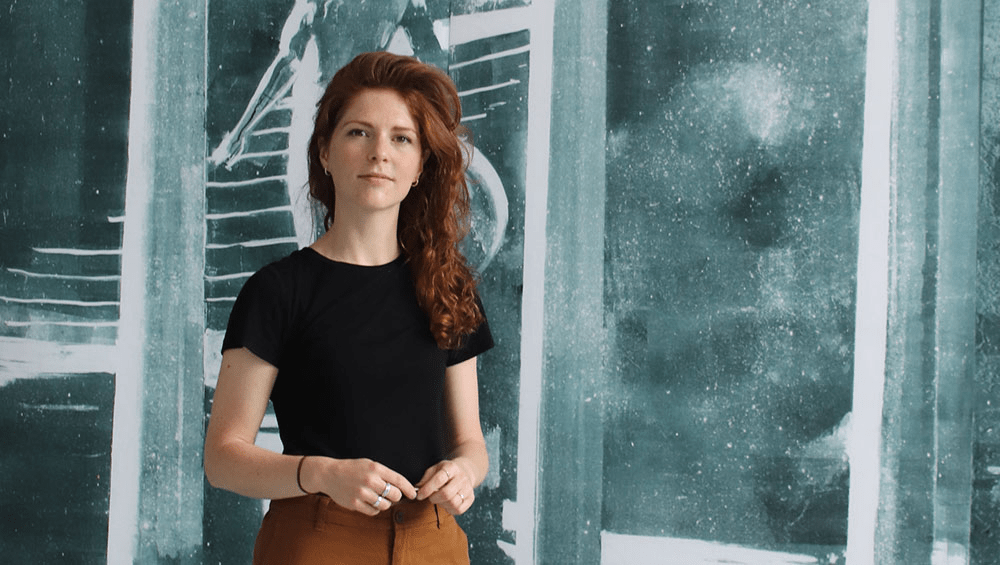
FEATURE
Lithography
An image is painted, drawn or stencilled onto a slab of limestone or a metal plate (often aluminium) with oily materials, including greasy crayons and pencils, special ink called tusche, and photochemical transfers.
TECHNIQUE
Lithography
An image is painted, drawn or stencilled onto a slab of limestone or a metal plate (often aluminium) with oily materials, including greasy crayons and pencils, special ink called tusche, and photochemical transfers.

The image is treated with gum arabic and nitric acid to fix the image areas from the non-printing areas.
When inking up the stone or metal with a roller, the surface is kept wet, so that the oil-based ink only sticks to the image area. Paper is then placed down and the stone or plate is run through a press.
More printmaking techniques
More Features
All featuresCollecting the Looking
“I love drawing really quickly. I love drawing in really difficult situations. I love drawing in the dark. I like what happens when you can’t see everything or when it’s passed and you have to remember it rather than drawing what it actually looks like, so it’s about the experience of looking as much as what I’m looking at.”
We talk to Michelle Avison about building a resilient artistic practice over 30 years.
Artist talk: Eleanor Watson
Eleanor grapples with her attraction to decorative interiors, finding beauty in pattern, object and light, in this video presentation.
Artist talk: Sarah Gillett
In this podcast episode released by Fermynwoods Contemporary Art, Sarah Gillett talks about her research on how astronauts dream, the promise of future seances, and the joy of collaboration.





